Snails, those slow-moving gastropods often found in gardens and forests, have evolved remarkable strategies to maintain their delicate moisture balance. Unlike many other creatures, snails are highly dependent on environmental humidity for survival. Their soft bodies lack the protective outer layers found in insects or reptiles, making them vulnerable to desiccation. This biological reality has driven the development of fascinating behavioral and physiological adaptations that allow them to thrive in various habitats.
The most visible moisture-maintenance strategy is the snail's ability to retreat into its shell and seal the opening with a layer of mucus called an epiphragm. This mucous membrane acts as a biological barrier, significantly reducing water loss during dry periods. Land snails in particular have perfected this technique, creating different types of epiphragm depending on environmental conditions. Some species can survive sealed in their shells for months during droughts, entering a state of estivation where their metabolic rate drops dramatically.
Behavioral adaptations play an equally important role in snail hydration strategies. These creatures are masters of microclimate selection, actively seeking out areas with optimal moisture levels. They typically emerge during cooler, more humid periods—often at night or after rainfall—to forage and mate. During daylight hours or dry spells, snails will wedge themselves in crevices, under leaves, or bury slightly in soil to minimize exposure to drying winds and sunlight. Their movement patterns essentially create a portable humid microenvironment wherever they go.
The snail's famous slime serves multiple hydration-related purposes beyond just locomotion. This mucus layer covering their body and foot acts as a physical barrier against water loss while also facilitating water absorption from damp surfaces. Some research suggests the mucus may have hygroscopic properties, actively attracting and retaining moisture from the air. The composition of this secretion changes based on environmental conditions, becoming thicker and more water-retentive when humidity drops.
Shell morphology represents another critical component of moisture regulation. Snail shells aren't just protective armor; their structure, thickness, and coloration all influence water retention. Thicker shells with smaller openings lose less moisture. Some desert-adapted species have evolved shells with reflective surfaces or light colors to reduce heat absorption. The shell's spiral shape also creates internal chambers that help maintain stable humidity levels around the snail's body.
Physiological adaptations at the cellular level complete the snail's comprehensive hydration strategy. Specialized cells in their skin can absorb water directly from moist surfaces or even from humid air when available. Their kidneys are highly efficient at water reabsorption, producing very concentrated waste. Some species can absorb water through the foot when in contact with wet surfaces, while others have modified their respiratory pore to minimize moisture loss during breathing.
Seasonal variations bring different challenges, and snails have corresponding strategies for each. During wet seasons, they focus on growth and reproduction, taking advantage of abundant moisture. As conditions dry, they shift to survival mode—reducing activity, seeking shelter, and eventually entering dormancy if necessary. Some temperate species survive winter by sealing their shells and allowing their bodies to partially freeze, protected by natural antifreeze compounds in their tissues.
Human understanding of snail hydration strategies has led to better captive care practices and inspired biomimetic applications. Researchers have studied snail mucus for potential medical and cosmetic uses, while architects have looked to snail shell designs for building structures that regulate internal humidity. These humble creatures continue to teach us valuable lessons about water conservation and adaptation to environmental challenges.
In natural ecosystems, snails play crucial roles in nutrient cycling and as food sources for numerous species. Their population dynamics often reflect broader environmental changes, particularly regarding moisture patterns. As climate change alters precipitation regimes in many regions, scientists monitor snail populations as indicators of ecosystem health. The same moisture sensitivities that make them vulnerable also make them excellent biological indicators.
For those keeping snails in captivity—whether as pets, for study, or for commercial purposes—understanding their moisture needs is essential. Proper habitat design must include appropriate substrate, ventilation, and humidity gradients that allow snails to self-regulate. Mistaking techniques vary among species, with some requiring frequent light misting and others needing deeper, less frequent moisture applications. The key lies in replicating the natural microenvironments to which different snail species have adapted.
From an evolutionary perspective, the success of terrestrial snails represents a remarkable triumph over physiological constraints. Their solutions to the water-loss problem have allowed them to colonize diverse habitats from tropical rainforests to arid deserts. Each species represents a slightly different approach to the same fundamental challenge: maintaining life-sustaining moisture in a world that constantly threatens to dry them out. Their continued survival in changing environments suggests these strategies remain highly effective, even as many other species struggle with climate-related changes.
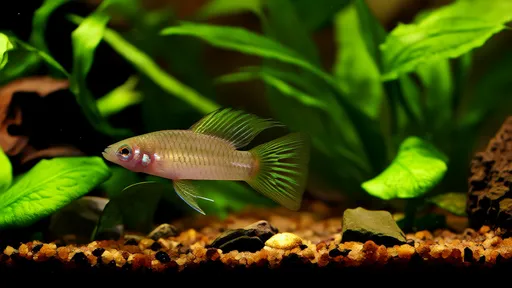
By /Jun 28, 2025
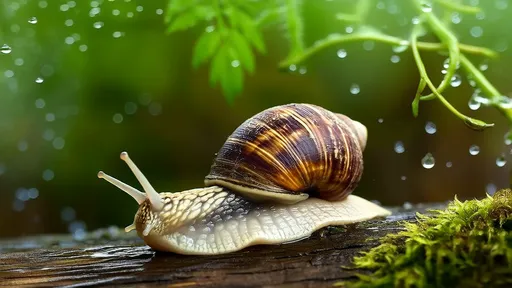
By /Jun 28, 2025
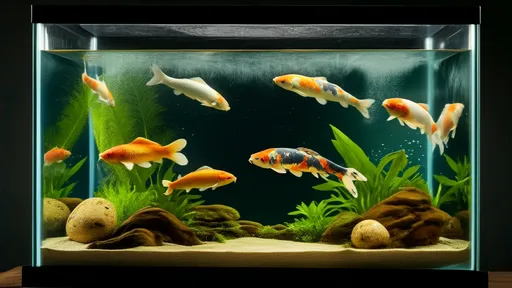
By /Jun 28, 2025
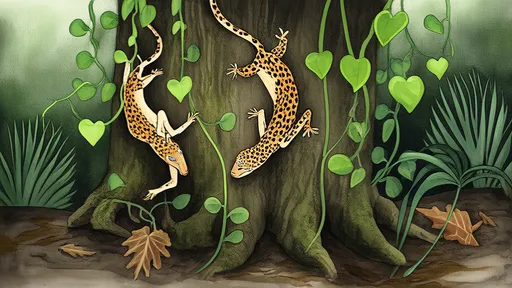
By /Jun 28, 2025
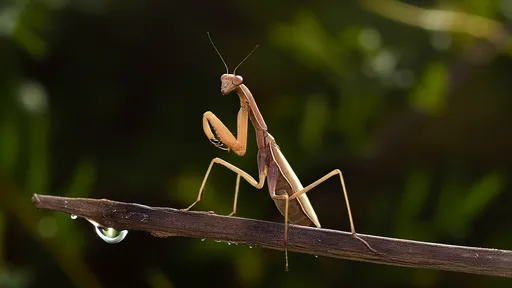
By /Jun 28, 2025

By /Jun 28, 2025
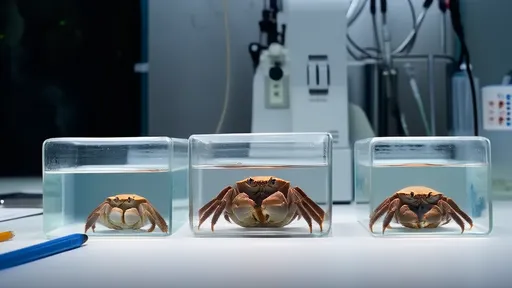
By /Jun 28, 2025
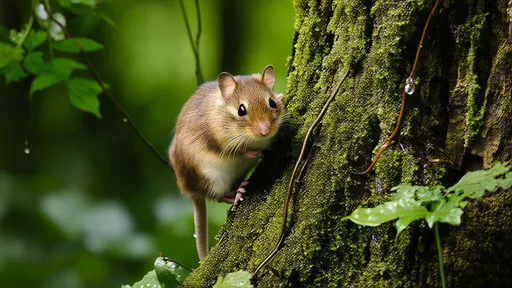
By /Jun 28, 2025
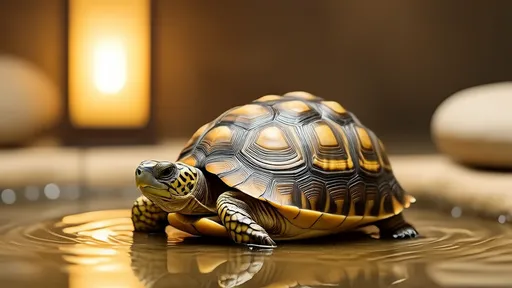
By /Jun 28, 2025
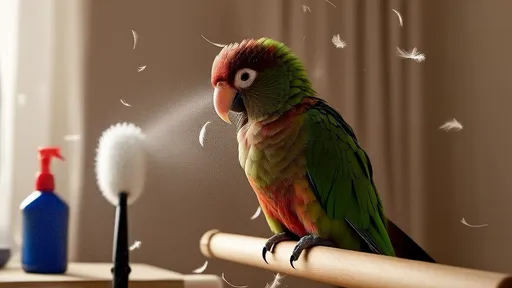
By /Jun 28, 2025

By /Jun 28, 2025
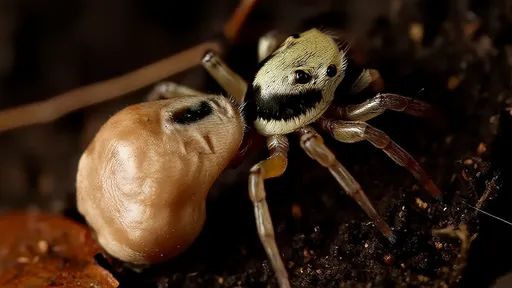
By /Jun 28, 2025
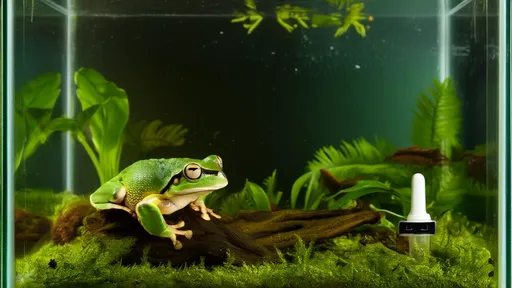
By /Jun 28, 2025

By /Jun 28, 2025
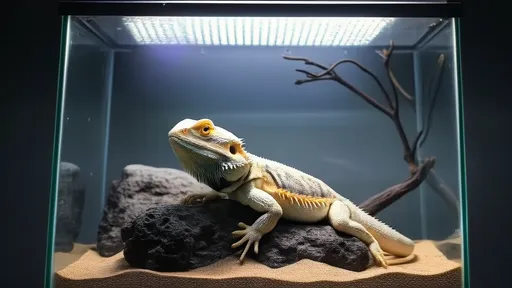
By /Jun 28, 2025
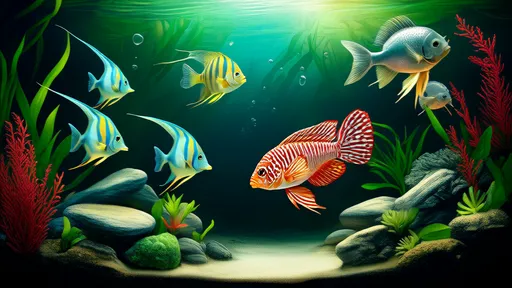
By /Jun 28, 2025
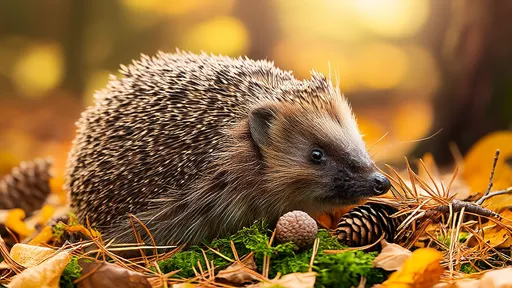
By /Jun 28, 2025